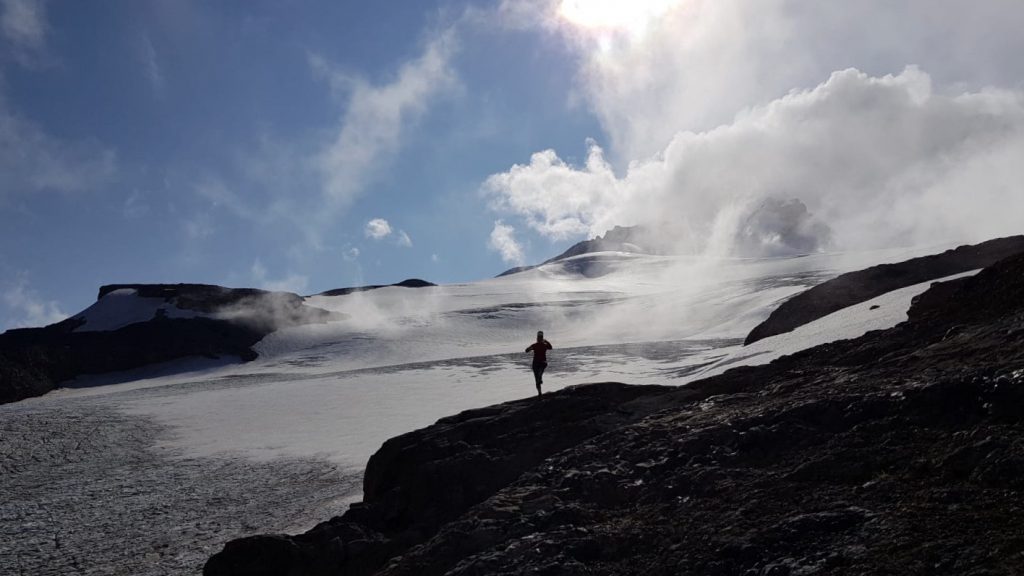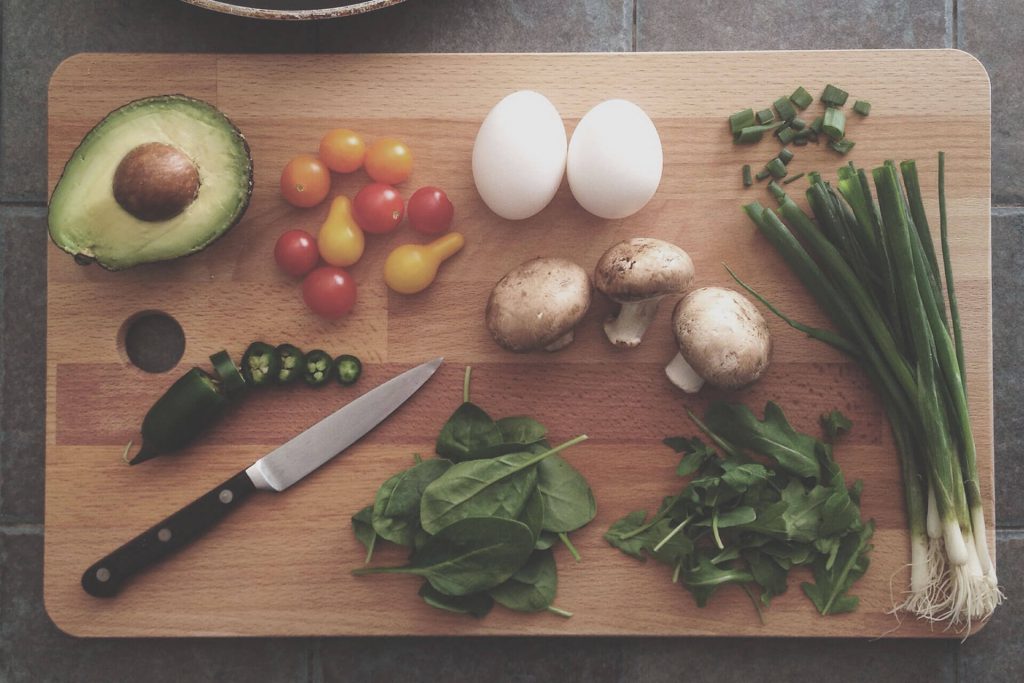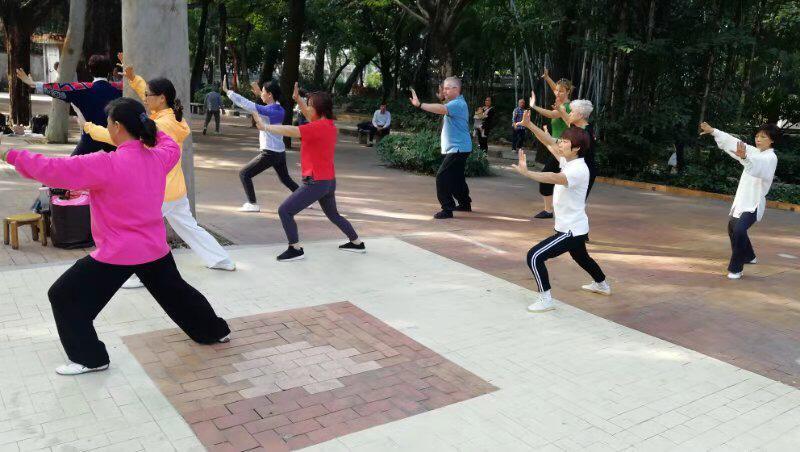Zack, there's the bicep. Shapely, a real bump. Boom, the quadriceps. Seen anything better? Pants are getting tight, hey. We work out, sweat, blow and moan. Feel the 50, 100, 150 kilos we've chosen to put on our shoulders. Take something in your hand that's just around you (no, not the dumbbell), say, the bag of waste paper that's supposed to go down to the basement. It weighs maybe five kilos. What does your arm weigh?
So? What did you feel? The waste paper or your arm? (By the way, the arm weighs about 4 kilos at 80 kilograms body weight.)
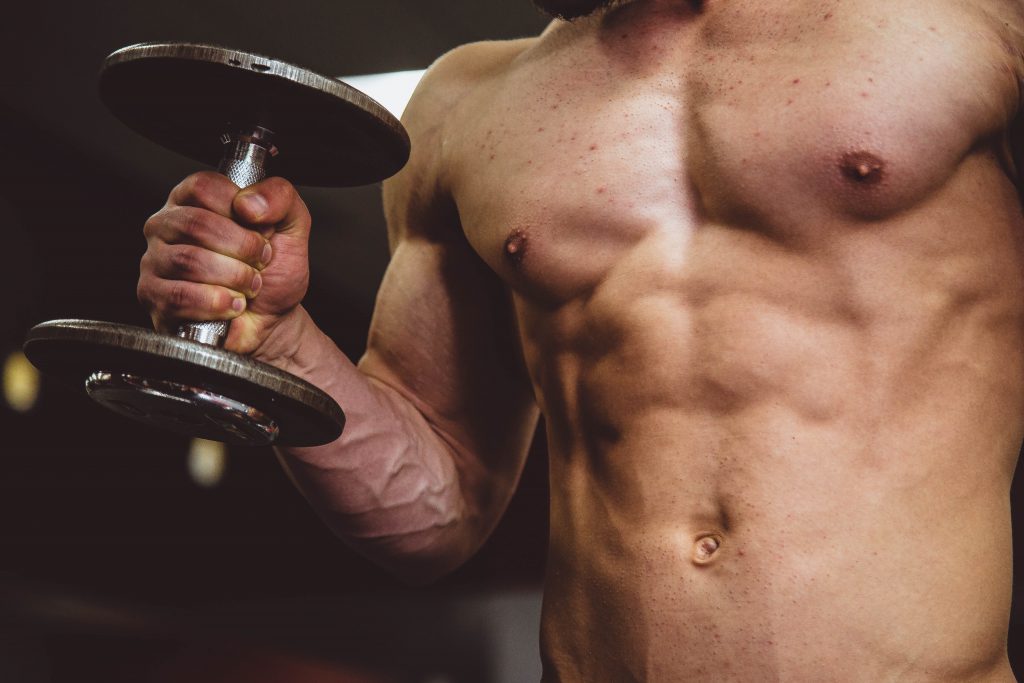
This is one of those thoughts to get rid of the "esoteric" touch that terms like body awareness and attention have attached. Yeah, good terms, but not psychic. Here, anyway.
Be mindful
The lynchpin of attention is the brain. An organ that responds to what's coming at us. That's a lot any second. The things that the brain focuses its attention on become conscious. If we cut our finger, the brain becomes active by letting the finger retract or causing you to stop cutting the onion. (Yes, yes, at the same time the brain, together with various messenger substances, activates the healing of wounds, etc. Our body (biomass!) is just complex). What you can say: Wherever the brain's impulse comes from - if you think of the delightful evening last night while cutting onions, you are more likely to cut your finger (the brain cannot do two things equally well at once).
And those who want cookies, get the cookies
Have you seen movie Kung Fu Panda?With Panda Po, who likes to eat, talks too much and is chosen to save the world? And who has the odd adjustment disorder to his new role? His focus: cookies. Life can be that simple, the thing with attention and self-defense ...
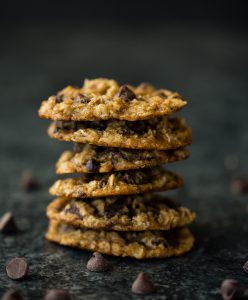
Perceive what?
Body awareness. Another one of those things. The ones who move light most of the time are children. Although they (probably) don't even notice, they just do. If they have to come up from the ground, they roll and spiral around a bit - and then they stand up again. We grown-ups first think about it, try it on the right side, then on the left, using a folding knife (incredibly useless effort!) or the hand of a friend. And above all with a lot of groaning. We have forgotten. Forgotten how to move efficiently and easily. We like complicated. What we must not forget is that we were children once, we rolled and spun around. This can be recalled. What you can recall is how your own body (biomass) works (we have to "know", we don't do simple). Not every joint can do every movement: The shoulder, for example, has more directions of movement than the elbow, but taken together the construct arm is unbeatable!
And old Chinese movement methods are supposed to change that? After all, they connect body and soul. Coupling guided, controlled movement with what you are about to do.
What does that have to do with lifted weights and a clean six-pack?
First, the author also does both (studio and Taiji, she "must", she is already 50 and likes to be painless). The question she has is: Where to put the power that the weights build up? You can abound, of course. Maybe it would be interesting to see what goes beyond that? Can I transform the chosen "load", which brings me pure power, into dynamics? Try out what a small change in hand position means in terms of force development? How I become permeable and at the same time defensive?
Or how to open glasses more easily?
How can attention and awareness of what the body can and cannot do help us in everyday life?
(Schraub)Glas Erbsen öffnen
The lid of the screw glass does not move a millimeter (we have already hit the floor). Then proceed like this:
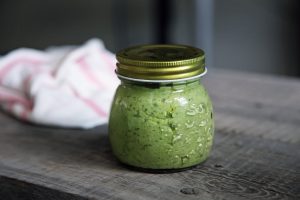
- Stand about shoulder width. (Stand both feet next to each other, turning the tips of your toes both about 45 degrees outwards. Then stand on tiptoe and pull the heels to the line of the toes. Then you have a shoulder-wide stand).
- Take the stick out of your butt and loosen up. Just keep standing up straight.
- The knees are slightly bent, just bob up and down a few times.
- The shoulders are down (not pulled to the ears). You can move the elbows a little bit outwards (you will probably do that anyway, because that is part of the ((biomechanical)) force development).
- Pack lid and glass
- And now you think nothing but: I open this screw-on jar.
- You start spinning - not jerkily, increase the force slowly and let your brain and body do the rest. They can do that, at least when they both know what has to happen. Because you think: I'm opening this screw-on glass.
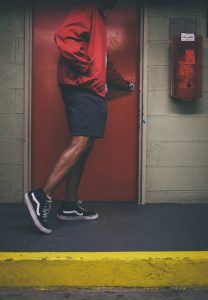
Open heavy door (e.g. fire protection)
They are everywhere, these heavy fire doors. It's a good way to train on them and develop body awareness. In this case above all: use your own body weight - instead of pure strength and brute force (it's not always bad, a little weight!) Next time you come across a door like this, lean against it, push the handle down. And then you put your weight against the door. Slowly. Slowly. You pretend you want to cuddle with the door. Let the rest of it take care of your body and your weight. The door will open slowly at first, then faster. And while you are cuddling there, watch how you move (automatically). How the "masses" buttocks, thighs, upper body behave. Then you have perceived - what was actually always there.
Whittling
Showdown in the kitchen, hectic and electric, the vegetables are on. Now it's time to relax. If you want to cut onions and carrots quickly, just once, chop-chop, the following usually happens: The shoulder is immediately pulled up to the ears, often the shoulders are crooked, the rest of the (back) muscles gradually lock up - at some point the back of the torso hurts so badly that you don't even notice the small cut on the finger. Try to open with the basic position made of screw glass:
- Stand about shoulder width. (Stand both feet next to each other, turning the tips of your toes both about 45 degrees outwards. Then stand on tiptoe and pull the heels to the line of the toes. Then you have a shoulder-wide stand).
- Take the stick out of your butt and loosen up. Just keep standing up straight.
- The knees are slightly bent, just bob up and down a few times.
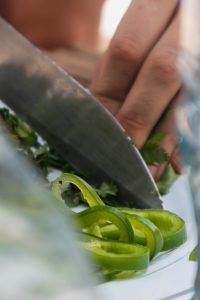
Now important: Keep your shoulders down! It's worth remembering. And: Schau mal, wie Du arbeitest. Hackst Du (ausschließlich) mit der Kraft des Unterarms auf das arme Gemüse ein? Dann wirst Du unweigerlich muskulär arretieren (Du blendest Deine Biomasse aus). Versuch einmal, den ganzen Arm mit zu bewegen, inklusive Schulter. Mach eine schneidende Bewegung (denn die soll es ja sein), und keine hackende (eine abrupte Bewegung). Und wo Du schon so konzentriert Gemüse schneidest … Spür doch mal, was sich sonst noch mitbewegt – das sind z.B. eine Prise Hüfte, ein Hauch Oberschenkel usw. Eigentlich die ganze Körperseite, mit der Du schneidest. Da arretiert dann auch nichts. Um sich in Stimmung zu bringen für dieses Workout, eignet sich gut Pop aus den 80/90ern … Etwa Donna Summer, hot stuff, bad girl.
Sweep the leaves

Laub fegen, Wohnung wischen, kehren. Kann man allein aus Armen und Schulter heraus machen: Steif wie ein Stock dastehen und fegen, fegen, fegen. Der nächste Tag wird furchtbar sein: Arme und Schultern schmerzen schlimm. Versuch doch einmal, auch hier mit dem ganzen Körper zu arbeiten … Stell Dich breitbeinig-gemütlich hin. Verlager das Gewicht vom einen auf das anderen Bein, Du wiegst hin und her und mit jeder Verlagerung fegst und kehrst Du. Das wird schnell auch so ein bisschen wie Tanzen. So verteilst Du die Anstrengung auf den ganzen Körper und nicht nur auf eine Partie – mehr kann mehr aushalten. Und vor allem: Du gibst Deinem Körper die Möglichkeit, sich so zu bewegen, wie es ihm gut tut.
Zudem: Du stimulierst relativ zart Deine Gelenke, schmierst sie und aktivierst Deinen kinästhetischen Sinn. Das ist der (aufgenommen über die Rezeptoren in den Gelenken), der Deinem Hirn erklärt, wie Du Dich gerade im Raum befindest. Den alten chinesischen Bewegungsmethoden sagt man auch nach, sie förderten die die Standstabilität und beugten Stürzen vor. So oder so: Am nächsten Tag ist die Wohnung auch sauber – und nichts tut weh. Vielleicht knackt das Knie nicht mehr so laut …
By the way: you can also get a well-trained biceps if you exercise and use your strength slowly and according to the laws of biomechanics. No kidding.
Photos by Alora Griffiths, Caroline Attwood, Ty Williams, Autumn Mott Rodeheaver, Josué AS on Unsplash


